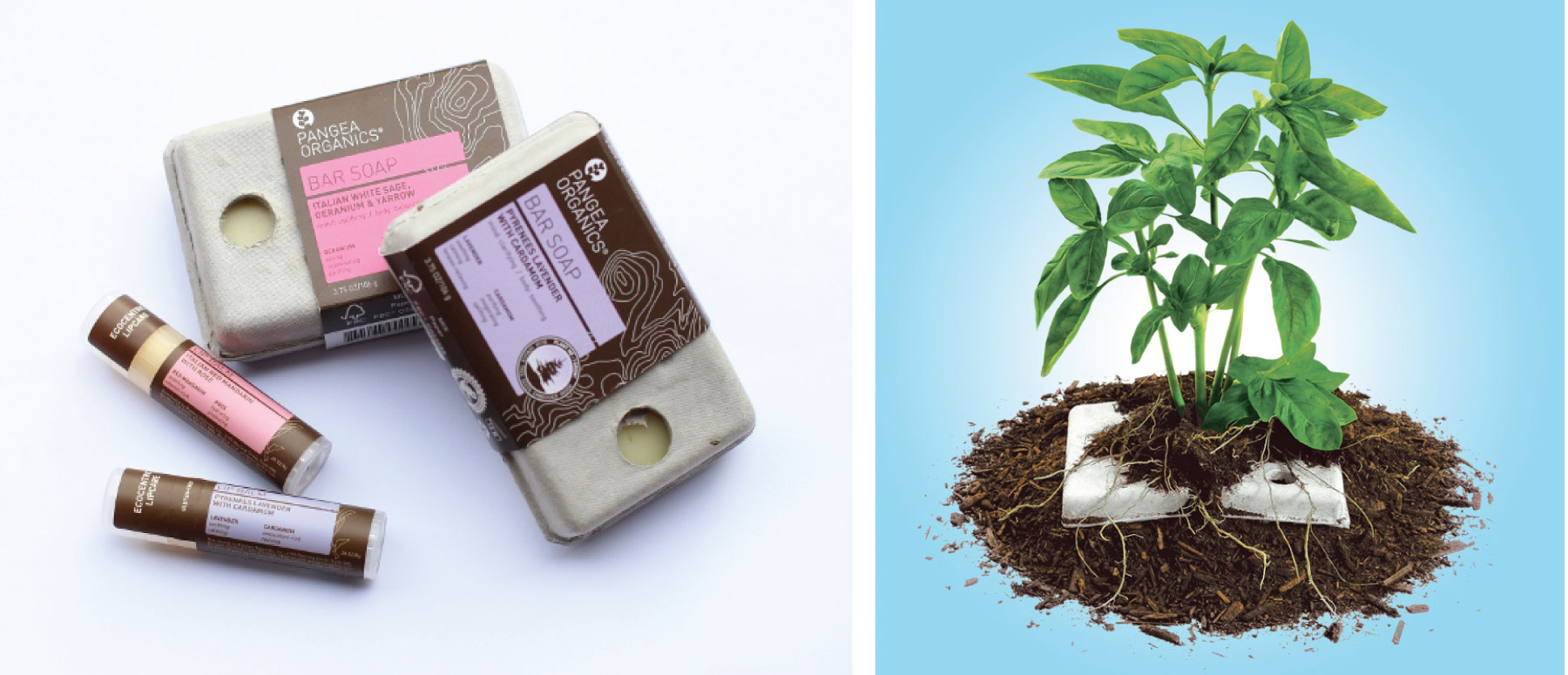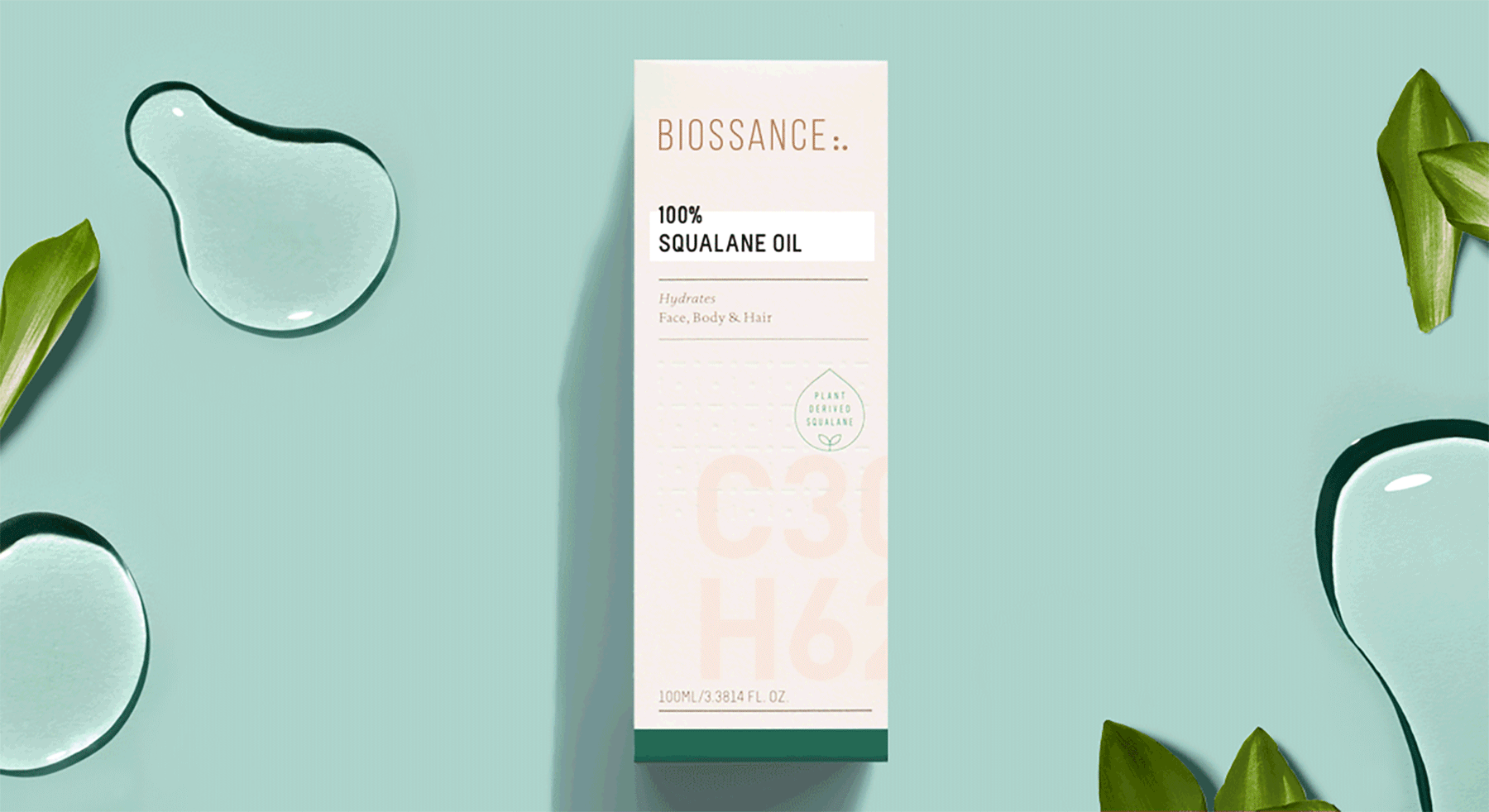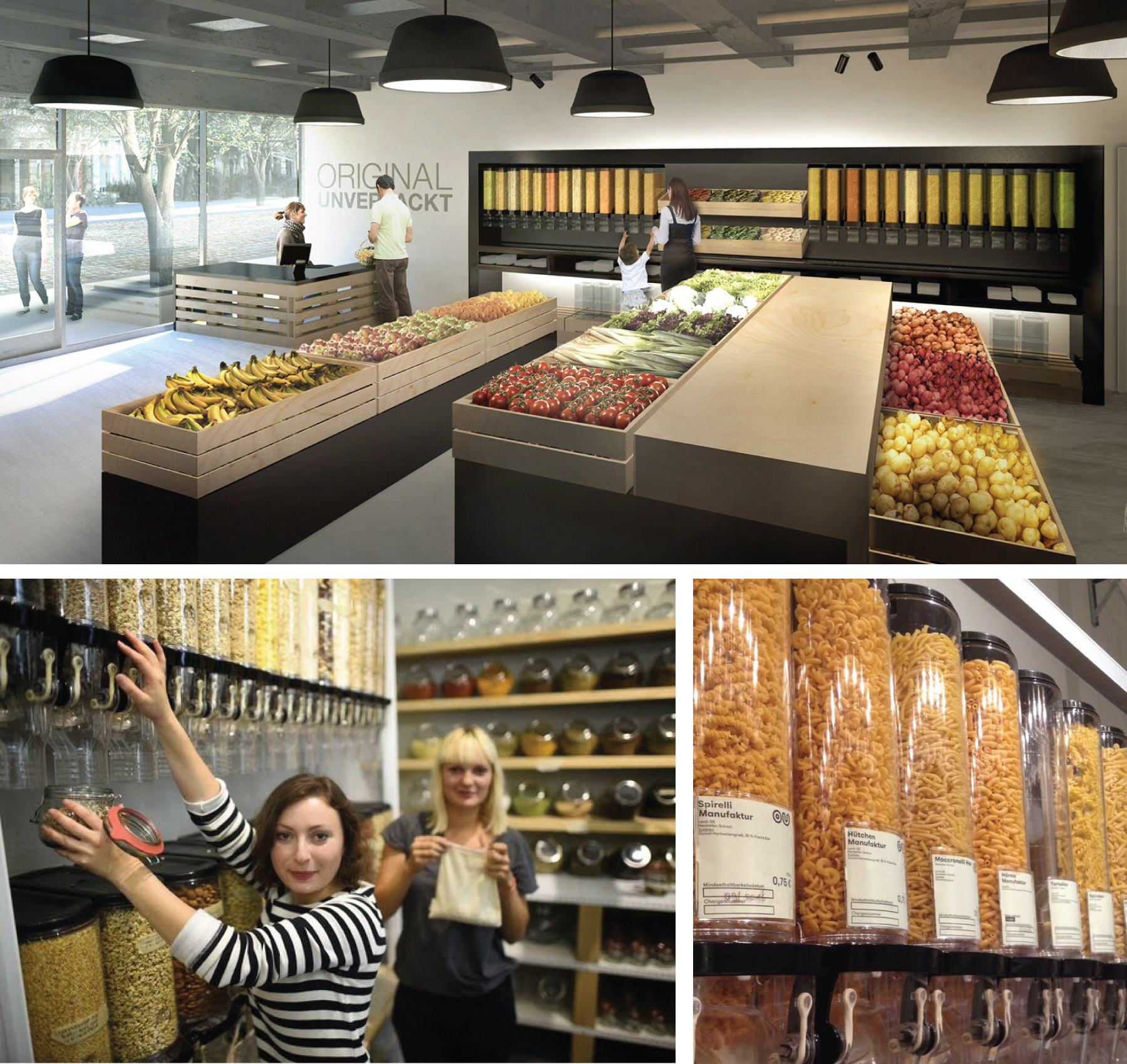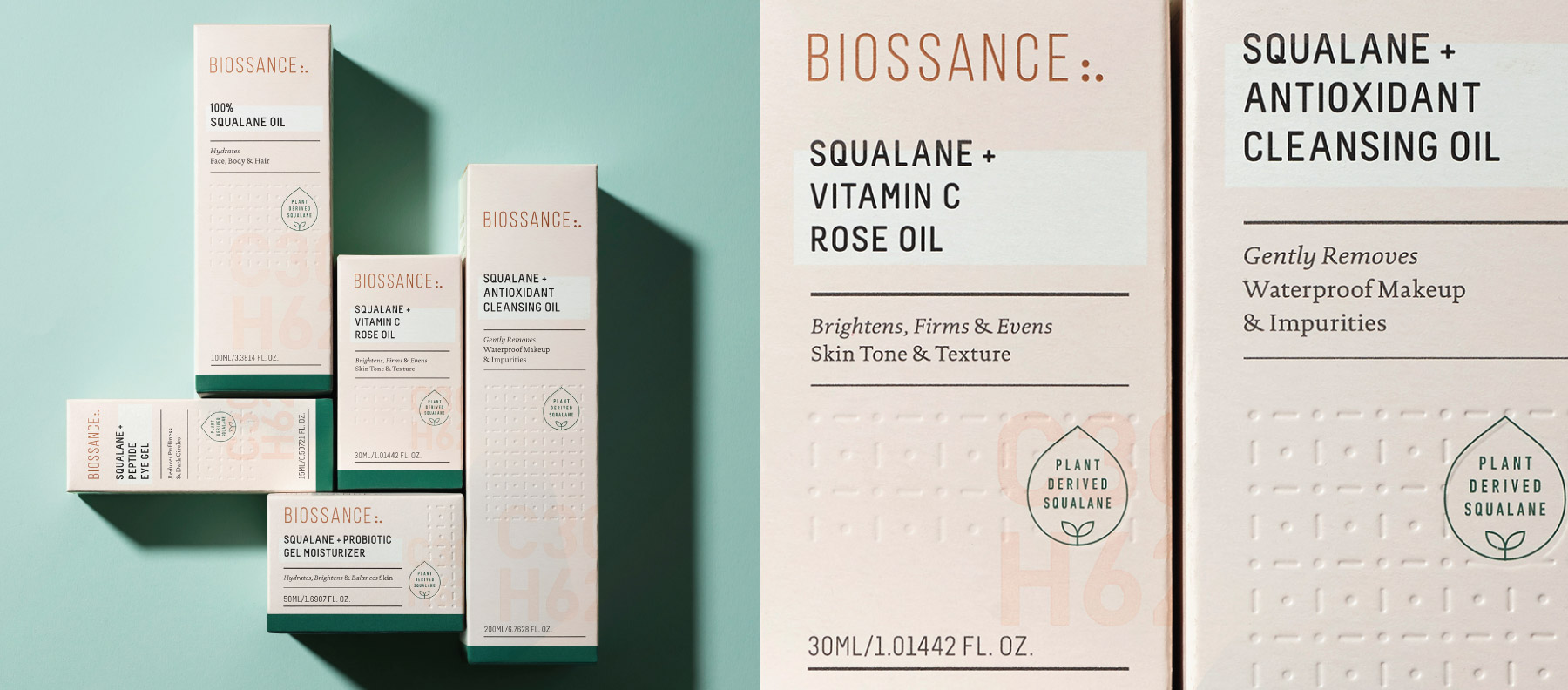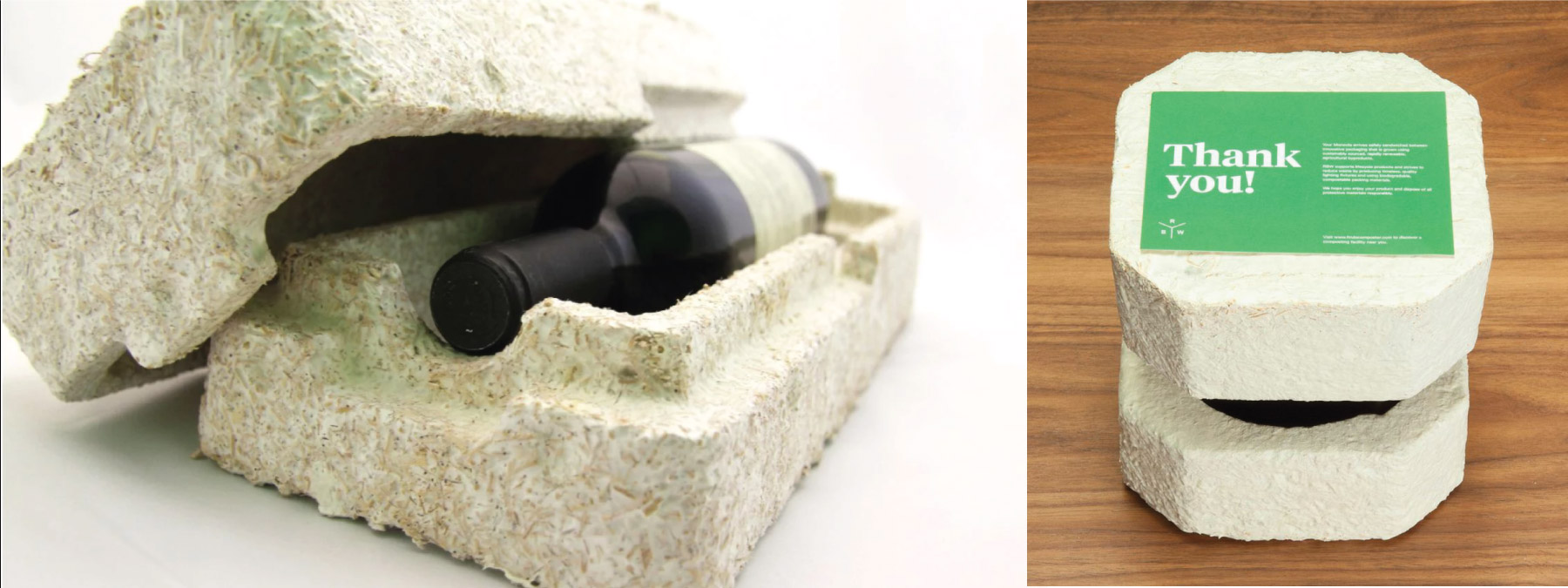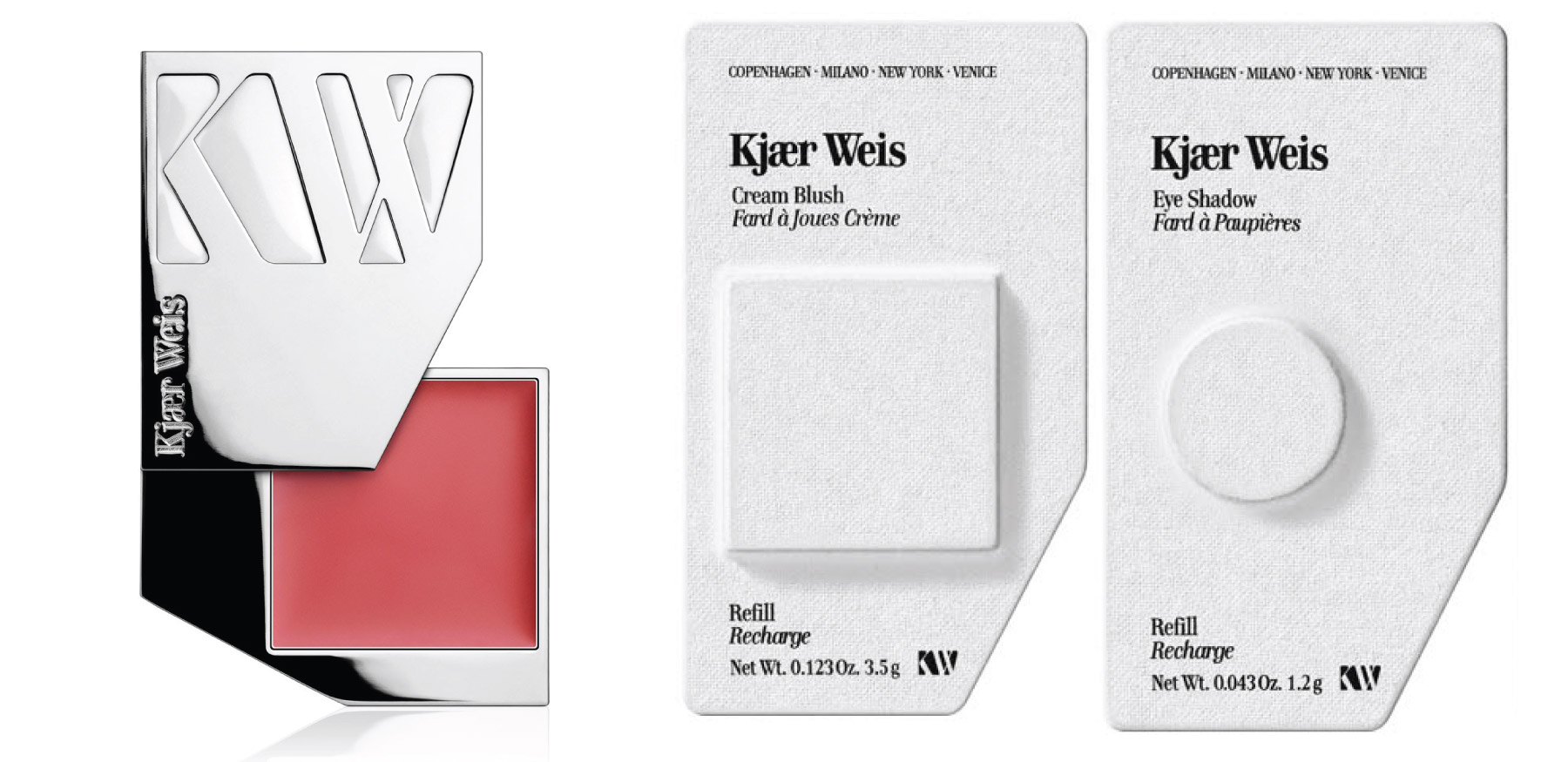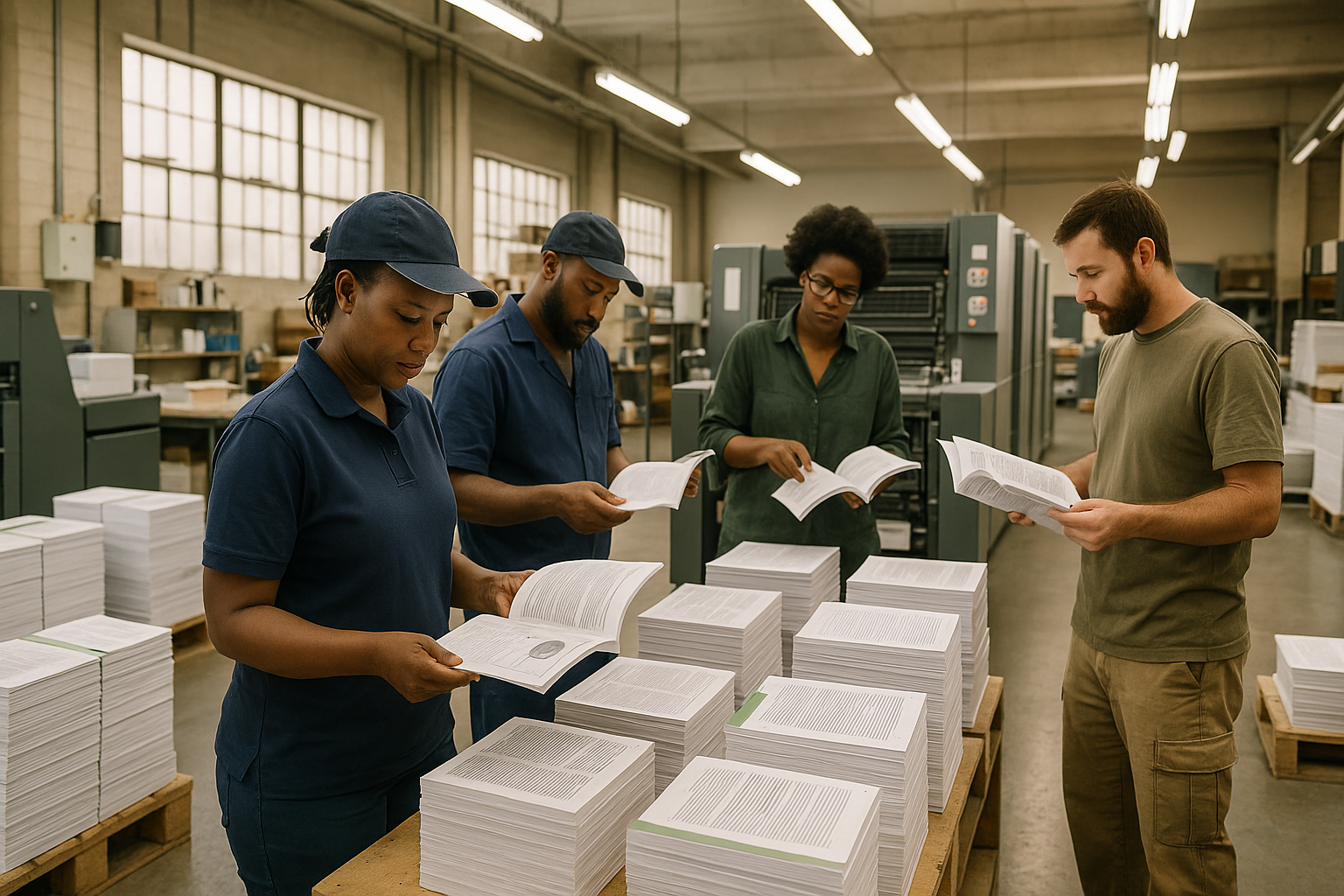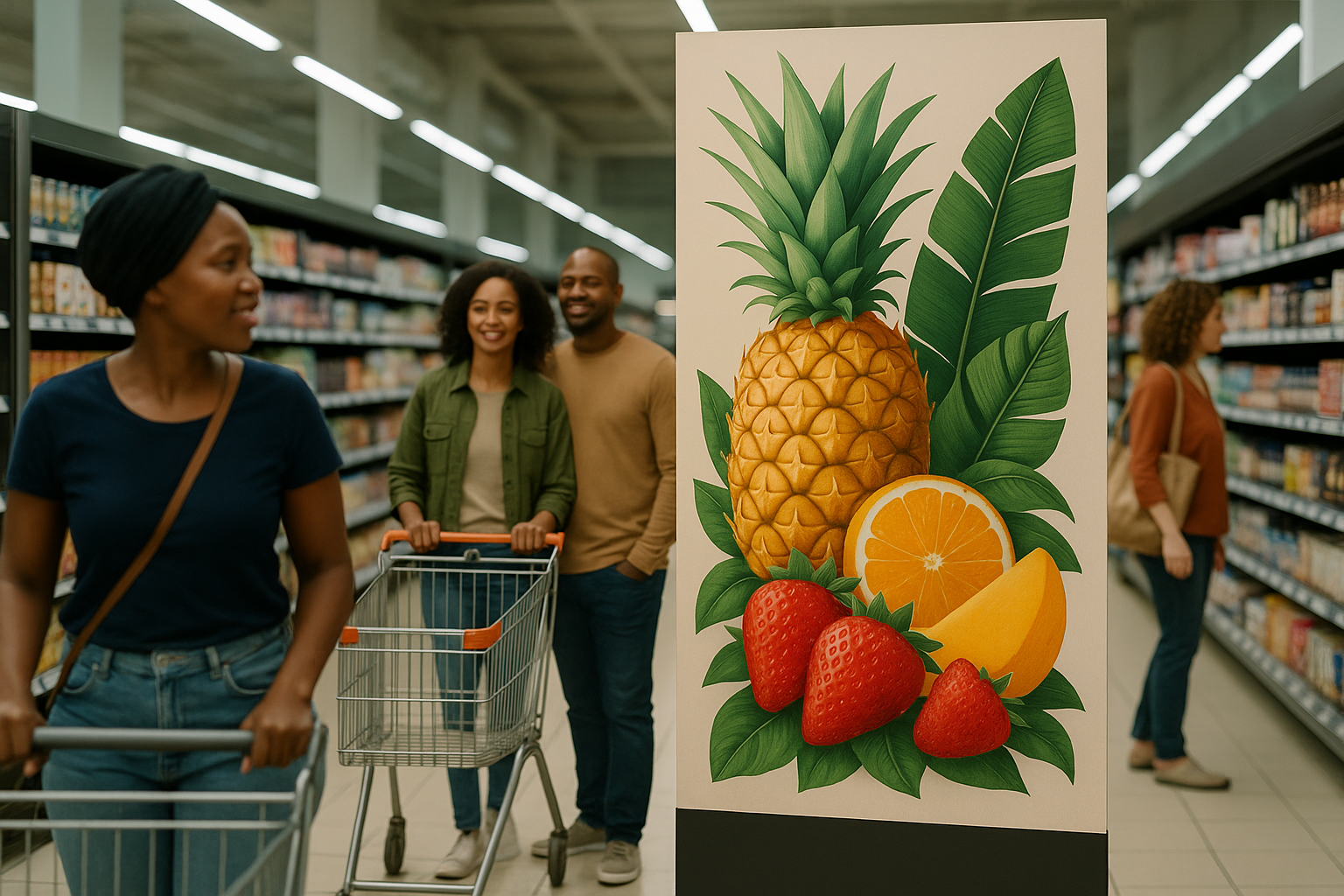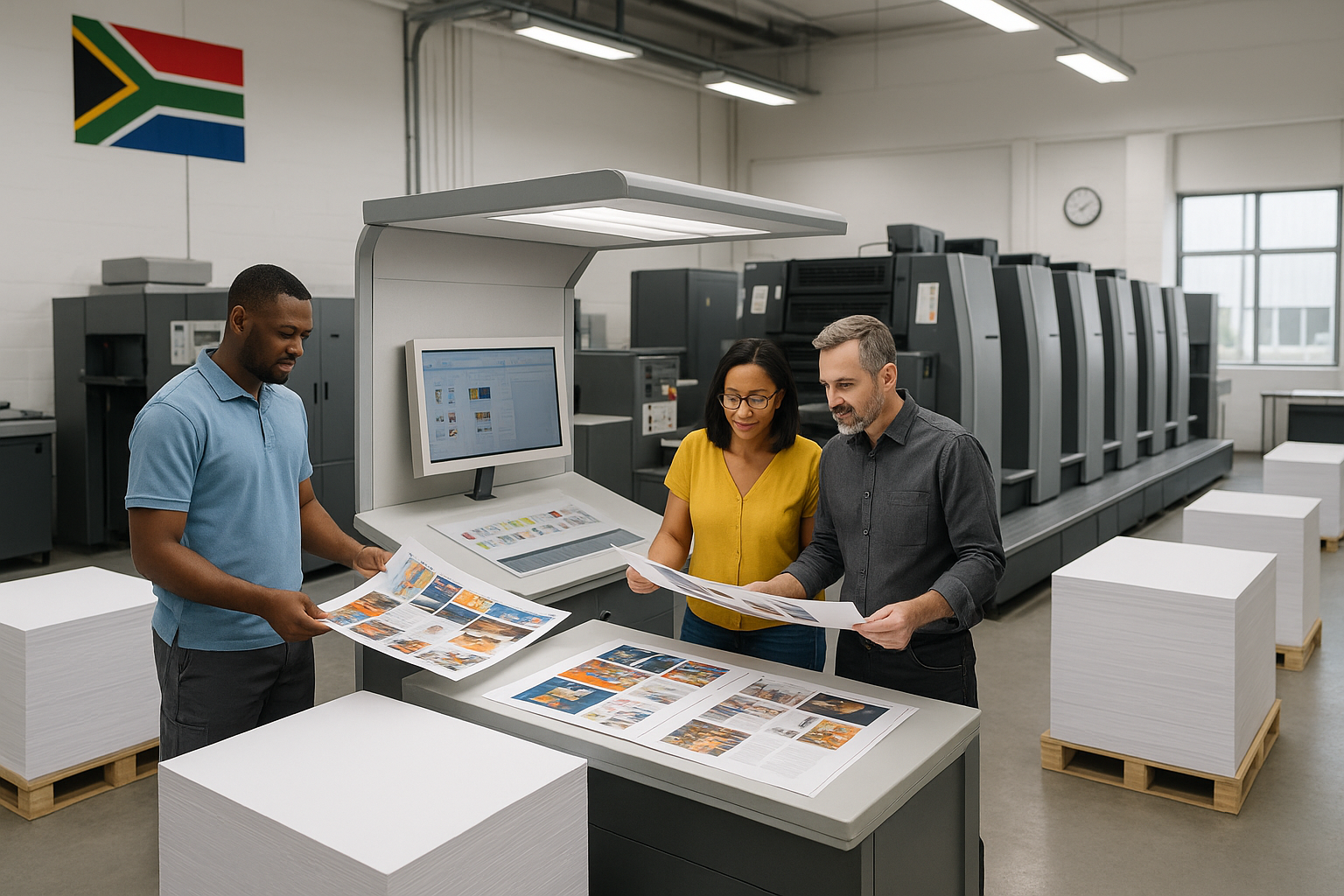How To Keep Your Designs Insta-Friendly and Earth-Approved
by: Lauren Golik
Upon learning that I am a packaging designer, a kind person once said, “Oh, so you design garbage.” #Ouch. Harsh words for sure—but this comment brings up a very valid point that we all need to consider when we’re creating packaging: The real end user is the earth.
The New Normal
As the health and wellness movement grows, people get more conscious about the ingredients in their products. They care more about the environmental and social impact of producing, packaging and distributing these products. Today’s consumer demands transparency, and her choices are completely reshaping the CPG industry.
Sustainable packaging isn’t just for the crunchy brands at Whole Foods anymore. The once-niche trend of “going green” has hit the mainstream—and companies simply can’t afford to ignore the new higher standards. Luxury, lifestyle and mass brands are all jumping on the solar-powered bandwagon.
Taking Responsibility
Starting now, it is the responsibility of branding and design agencies to present sustainable options.
At Bartlett Brands, many of our clients are in the beauty space—meaning they want their packages to be sparkly, shiny and flashy. And generally, the processes used to add the glam are anything but sustainable. We need solutions that give the customer the awesome, instagram-able unboxing experience without the heavy cost on the planet.
Here are 5 trending ways that brands are effectively (and not so effectively) moving towards a more sustainable packaging and production approach.
Trend 1: Less is more
The single most effective way to eliminate waste is by not creating it in the first place. In our CPG world, this means being creative about ways to use less material, while still fulfilling the fundamental purposes of packaging: 1) to protect the product and 2) to convey information about the product.
One great example of this approach is the box for Allbirds shoes. The box functions as a traditional shoe box to transport the shoes from store to home—and doubles as a shipper box for online orders. With most online shoe purchases, you’d receive your shoes inside of a shoe box that’s inside of a shipper box. Seems like overkill, especially for a product as durable as sneakers.
Several grocery stores are taking this concept to the extreme. A Berlin-based grocery store called Unpacked aims to have zero packaging in the store. All items are presented loose or in bulk. And customers are expected to bring their own vessels or rent ones from the grocery store to transport the items home. I really love this idea—even though it threatens my job security.
You can’t always blame the packaging designers for excess packaging. For online retail, one of the biggest ways to cut down on waste is to streamline shipping process and materials. I love when I’m shopping online for multiple items, and I get the option during checkout to wait a little longer for one box rather than speedier, separate shipments. We’ve all had the frustrating experience of ordering a vegetable peeler—and receiving a giant box full of paper wads and bubble wrap, with the tiny little little product tucked in one corner (ahem, Amazon Prime).
Trend 2: Designing the Best Garbage
Once you’ve minimized the amount of packaging, the next step is to select materials that won’t end up in a landfill for hundreds of years. Recyclable is great; biodegradable is even better. I’m very much into paper pulp boxes because they look cool, and they’re just begging to be composted.
Pangea Organics takes it to the next level by embedding seeds into their pulp clamshells, so consumers can compost and be rewarded with a little patch of basil.
Saltwater Brewery knew that plastic six-pack rings often end up as ocean pollution and can harm sea creatures. The company developed a biodegradable (and edible!) six pack holder made from the leftover barley and hops in the beer-making process. It breaks down and can actually provide a snack for our undersea fish and turtle friends.
Trend 3: One Man’s Trash is Another Man’s Luxe Rum Bottle
Upcycling is all about finding ways to make something useful out of a material that would otherwise be waste. One recent example that was particularly beautiful is this rum bottle by Fitzroy—with a cap made of melted down Coca-Cola labels (aptly named ‘From Waste to Wasted’). Truly impressive that they were able to turn those yucky old labels into such an artful looking cap.
Method, an early bearer of the eco-friendly torch, launched a collection of soaps packaged in bottles made from collected ocean pollution.
Trend 4: Innovative Material Choices
How the packaging can be disposed of is important. But it’s equally important to look at the entire supply chain, starting with where and how raw materials are sourced and the ways in which they are processed.
In order to meet these standards, companies are looking to new types of materials and processes that haven’t been used before in packaging.
Biossance is a biotech-backed skincare company that used sugarcane to recreate the body’s natural moisture molecule. Sugarcane is particularly sustainable because it doesn’t require irrigation or harvesting. Inspired by the eco-friendly nature of sugarcane in their formulas, we used sugarcane paper stock for the brand’s outer boxes. The tree-free stock is printed with vegetable inks. It can be safely composted. And it’s pretty.
Another fascinating example is the recent trend towards mushroom fiber. It’s compostable, durable and sustainable to produce. We’ve been seeing it pop up in packaging, shipping material and even furniture.
I had to include this super cool futuristic water sphere made with an edible, algae-based exterior membrane. There are some immediate questions that come to mind about the feasibility of this product in real life, like “how could this be displayed in a store?” and “how do you protect against contamination without a layer of packaging holding the sphere?” But I’m going to put those questions aside for the time being, because it’s so fantastic looking and I want to eat (drink?) one right now. It may not be able to totally replace water bottles, but even replacing some water bottles at events would be a huge win.
Trend 5: Reuse, Refill or Share?
Packaging a product in a reusable vessel isn’t good enough anymore. This puts the burden on the consumer to find a way to reuse it, and maybe she doesn’t want another cosmetics bag or shopping tote. Especially when they’re made out of non-earth-friendly materials. Smells like landfill to me.
In theory, refill and return programs sound like a good option, but very few people actually utilize them. I love how these refillable makeup compacts from Kjaer Weis look. While no one uses an entire eyeshadow—new season means swap for a new color.
Burt’s Bees Recycle On Us program offers free pre-paid mailing labels to ship back empty lip product containers. But again, many people won’t take the extra time to do this. It puts too much of the burden on consumers.
A great example of reusable packaging is Rent the Runway’s garment bag shippers. They use the heavy fabric bags over and over again, and the only the label has to be reprinted. They are also cutting down on waste in the fashion industry by giving consumers the opportunity to borrow instead of buy. We’re all about it.
Looking for more tips on sustainable packaging? Learn how designing with intent can help make packaging more green.
#packaging #sustainablepackaging #ecopackaging
SOURCE: http://www.thedieline.com/blog/2017/5/12/5-ways-to-wow-with-sustainable-packaging-1#at_pco=smlre-1.0&at_si=596ba342e89b9e1e&at_ab=per-2&at_pos=2&at_tot=5
